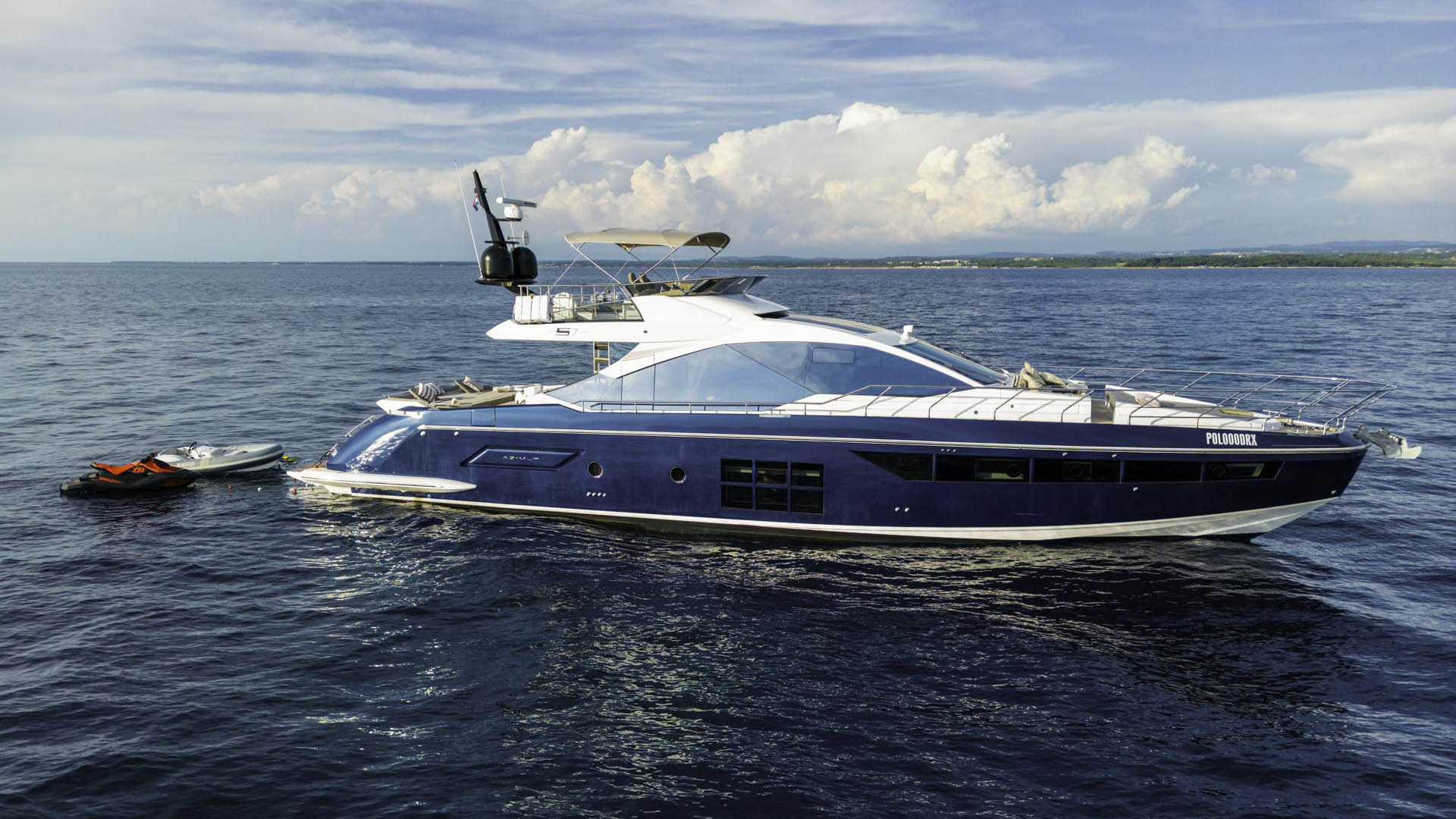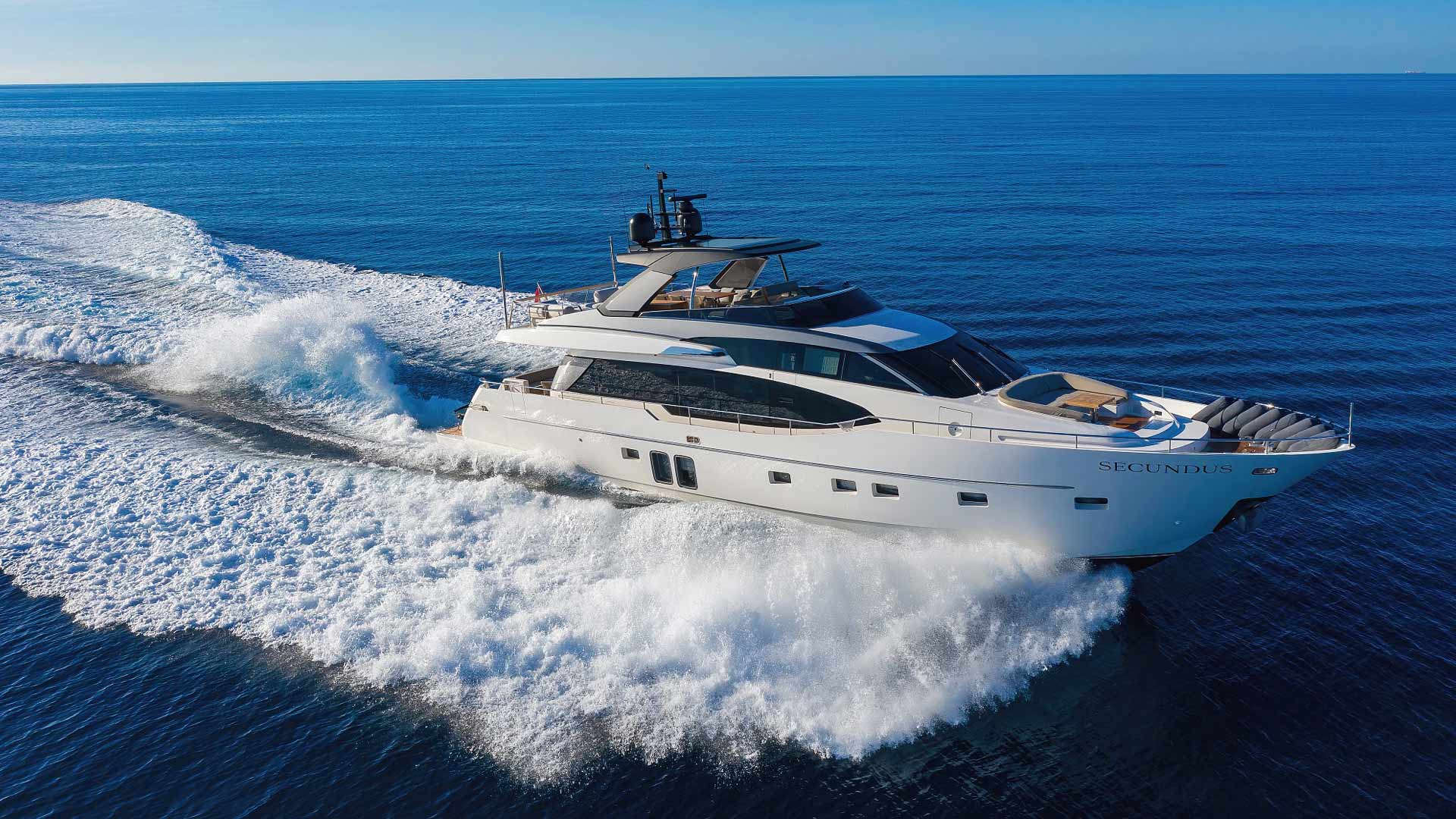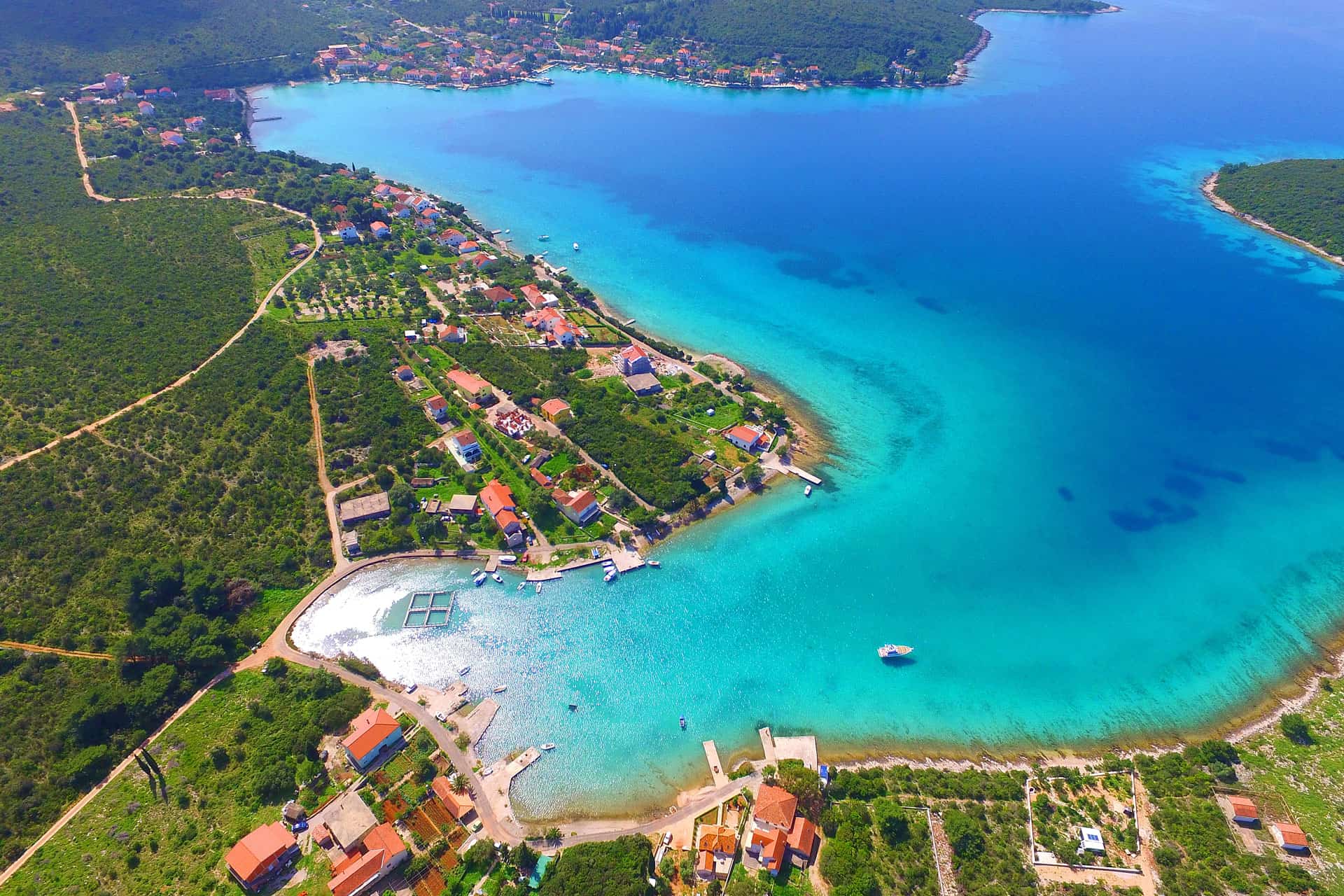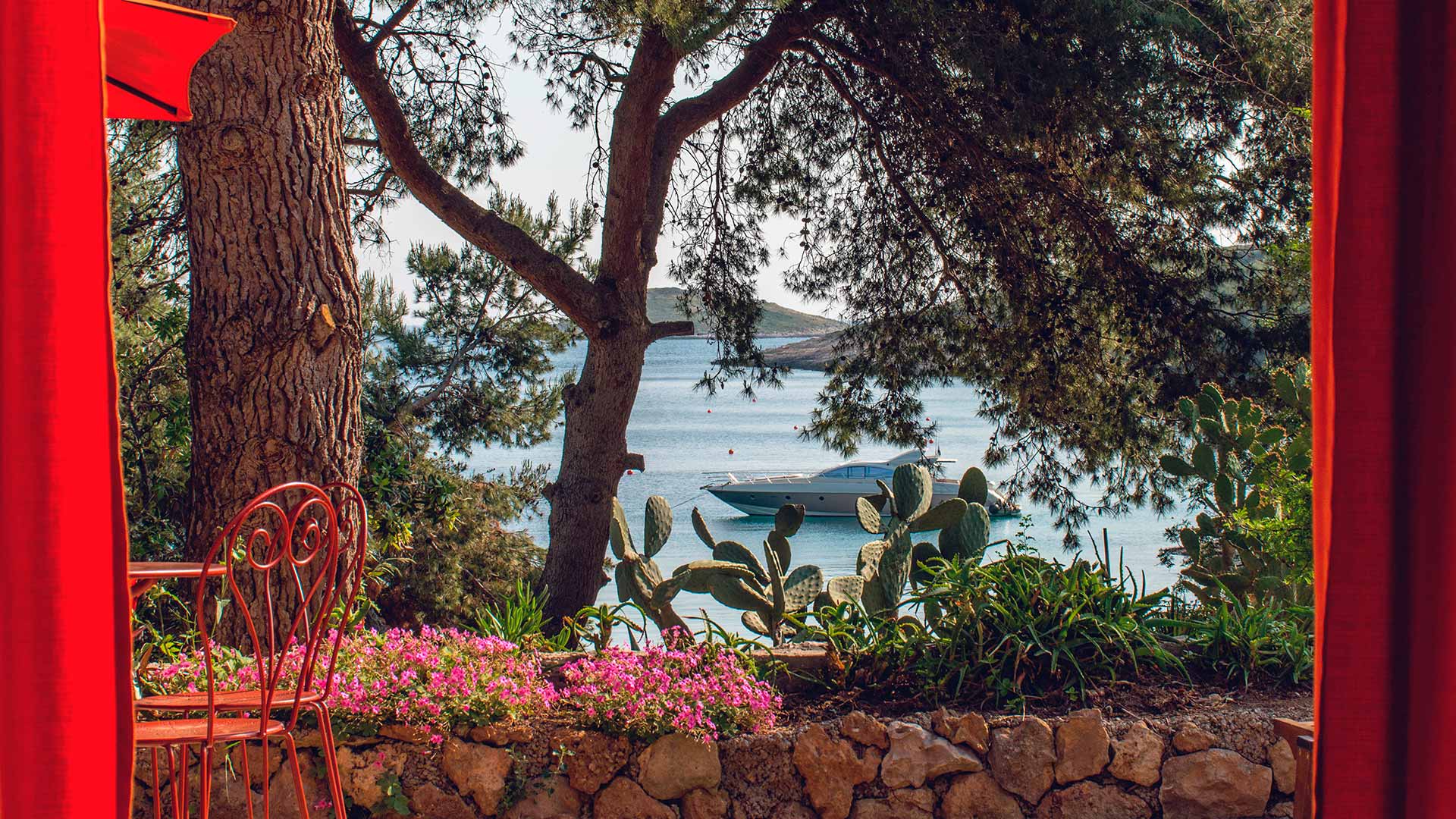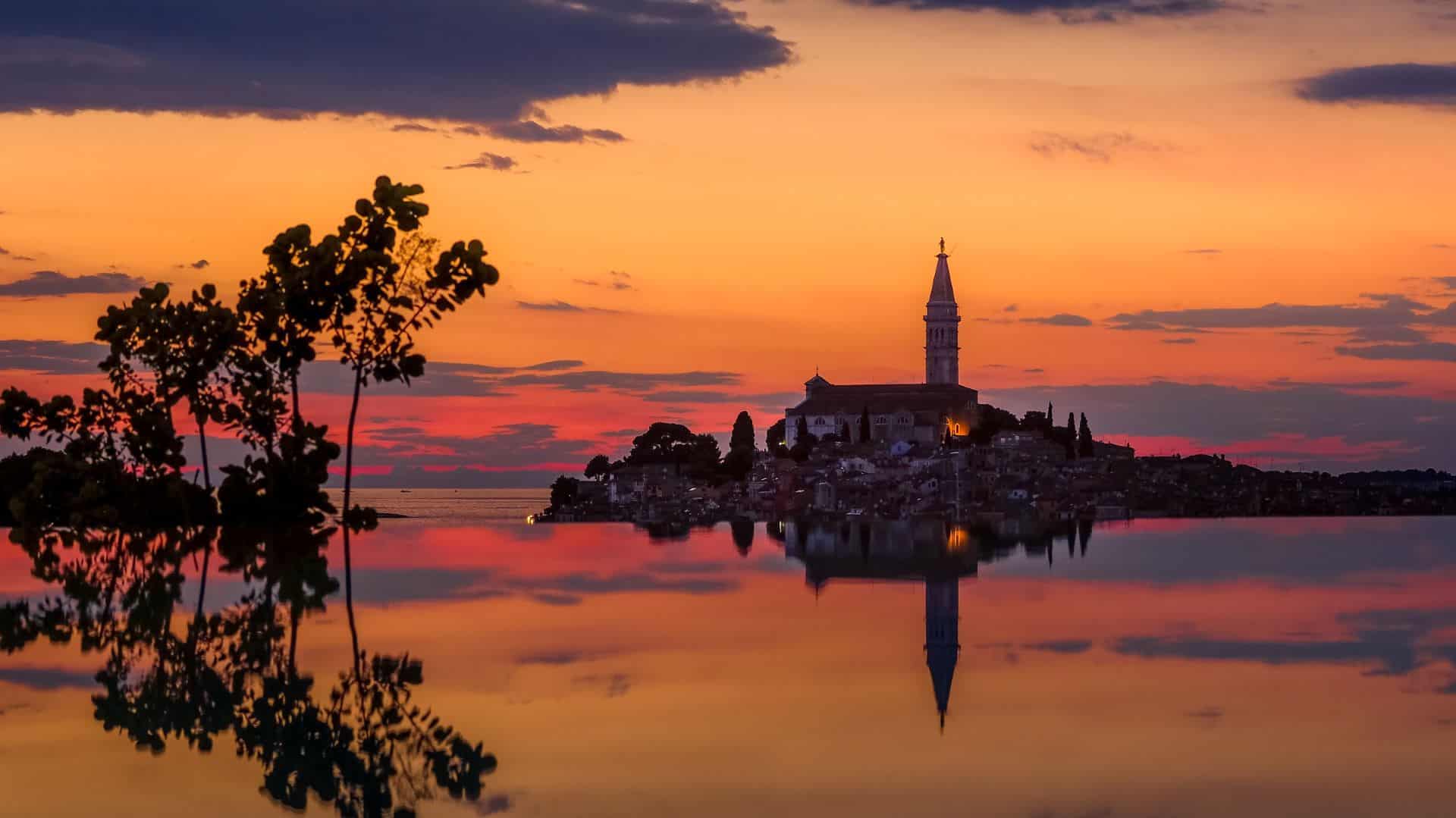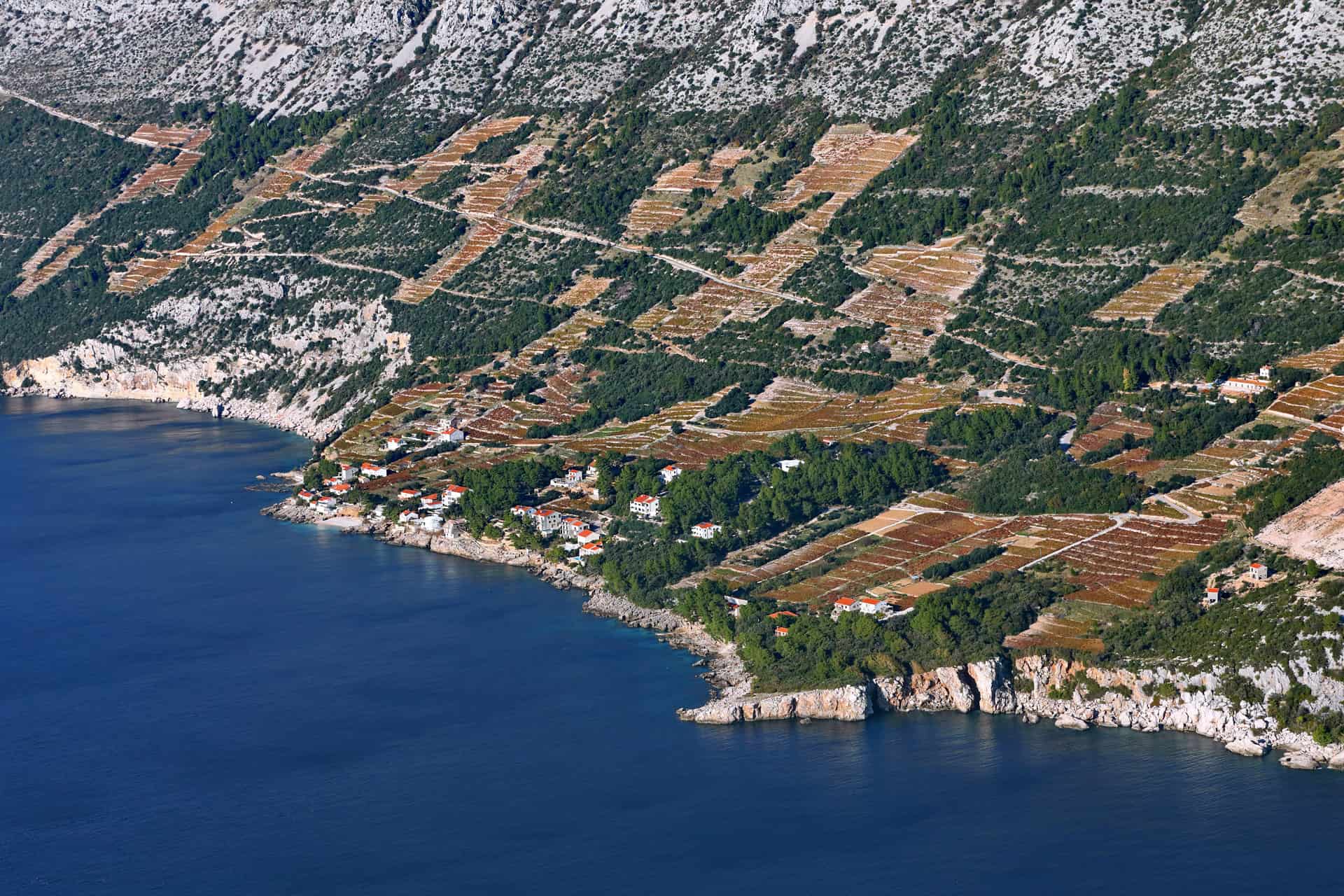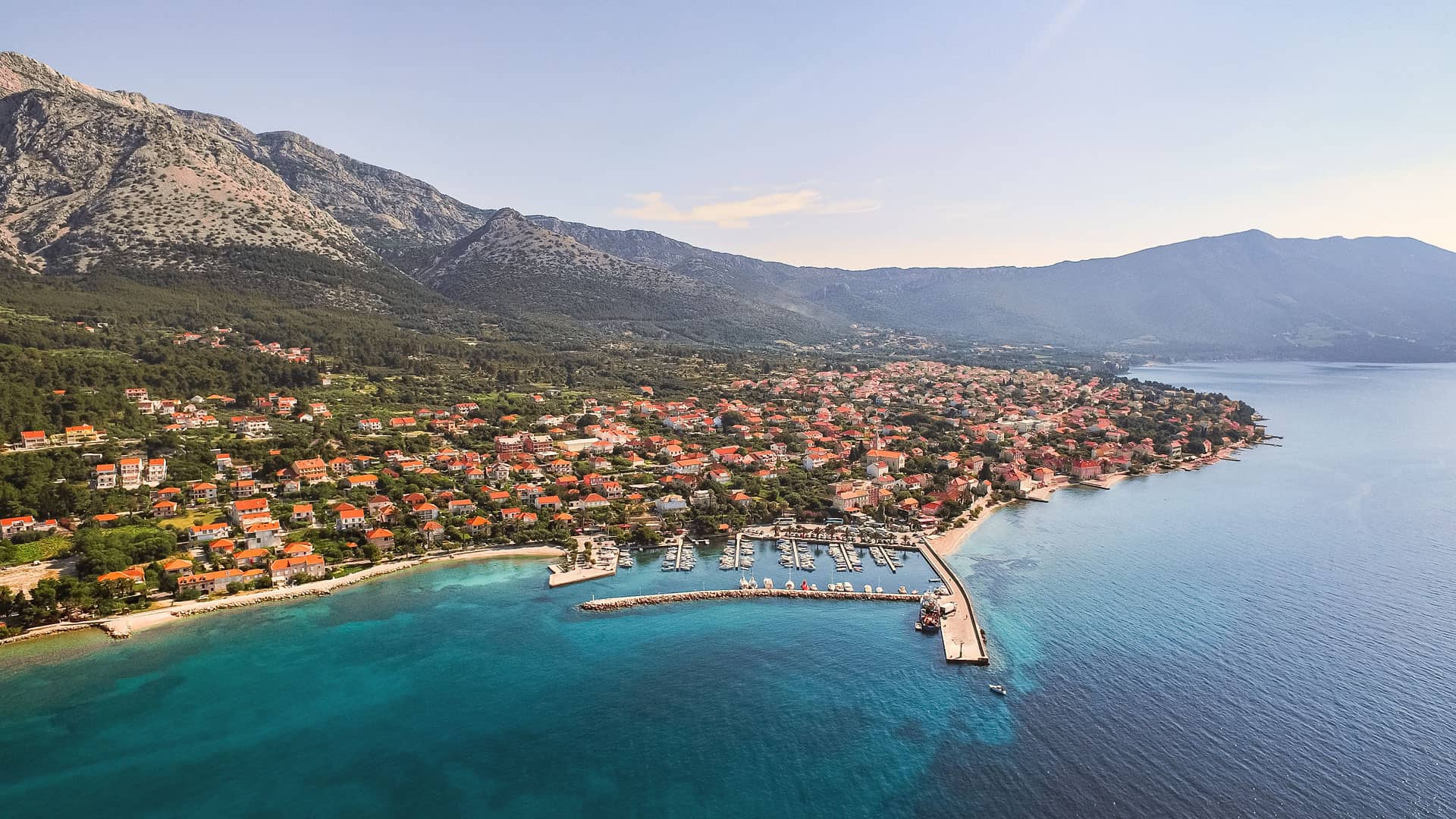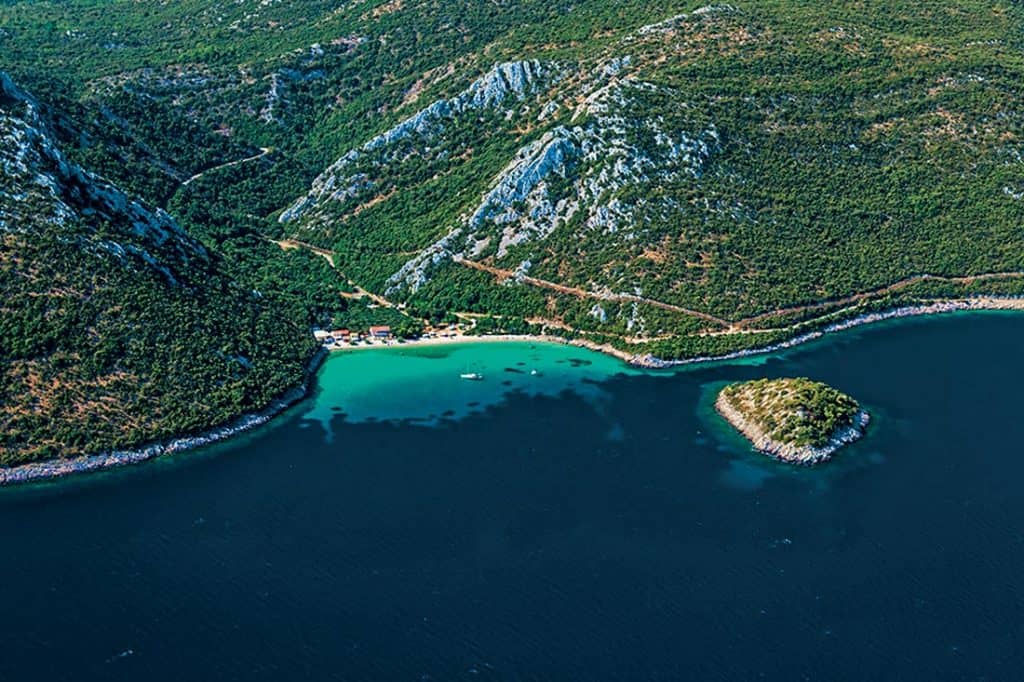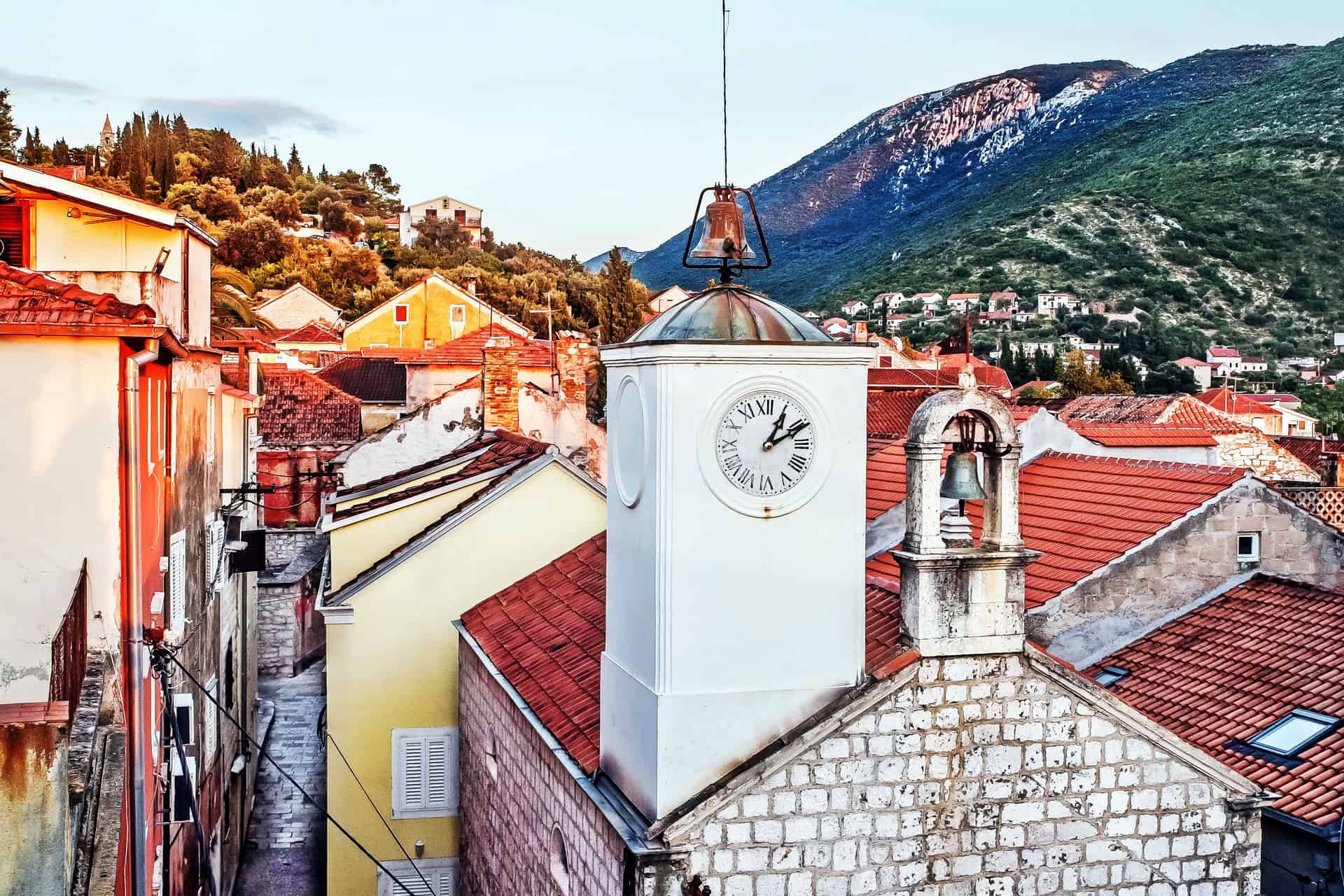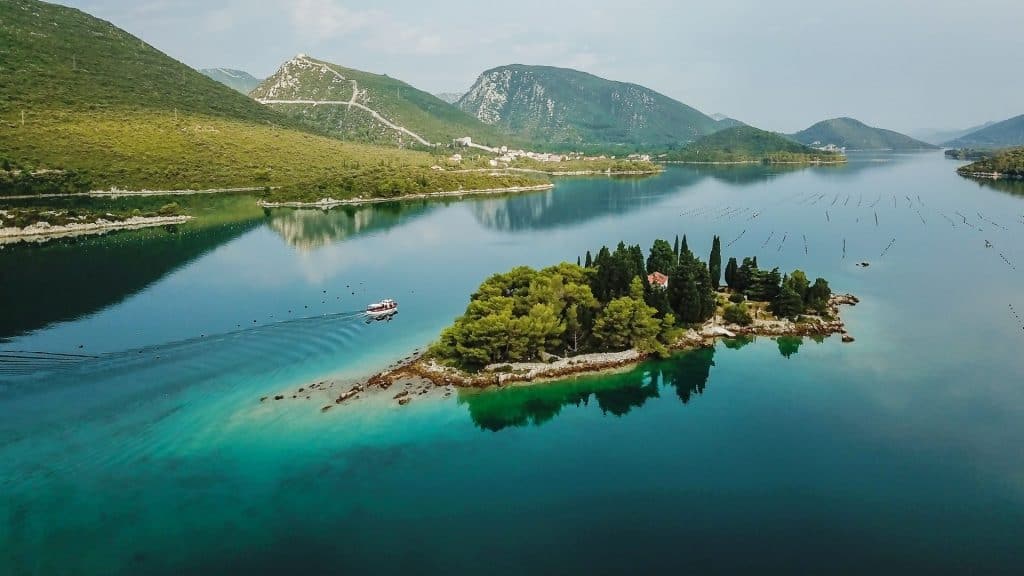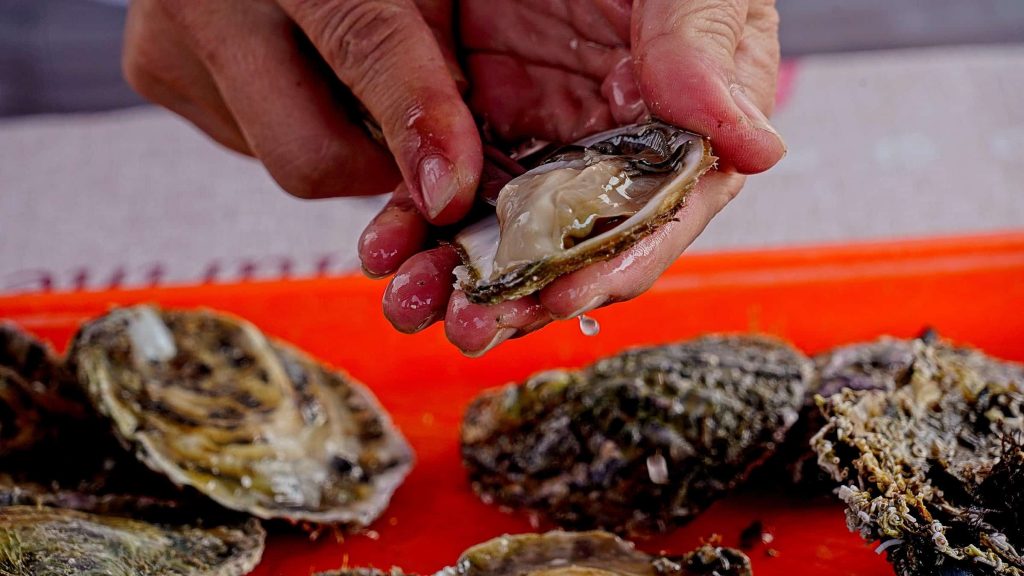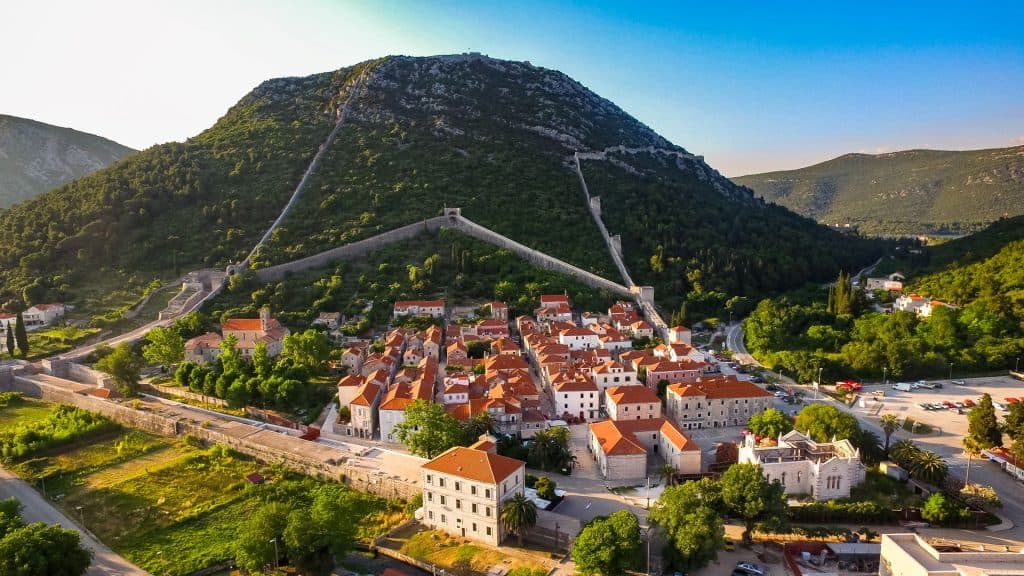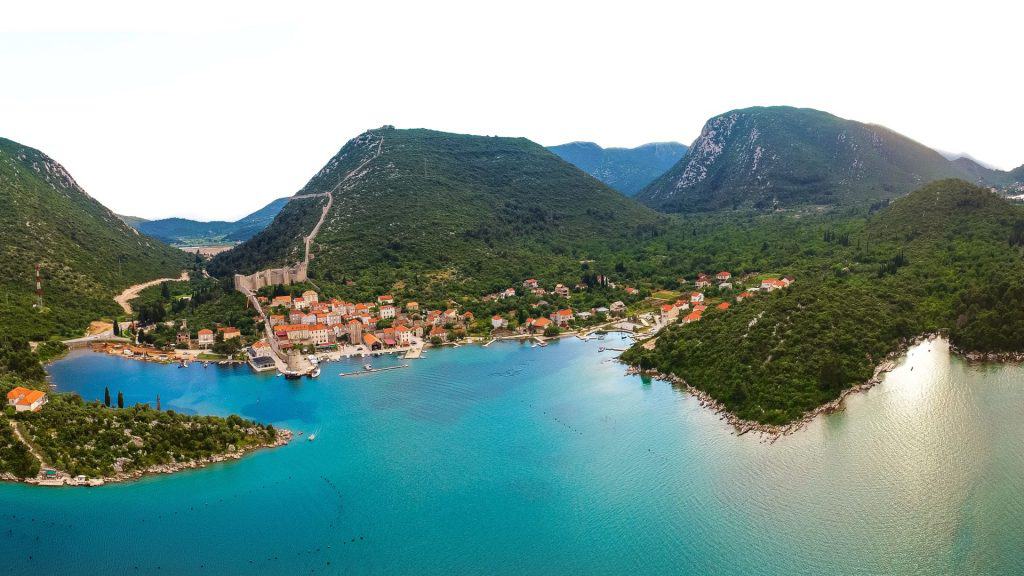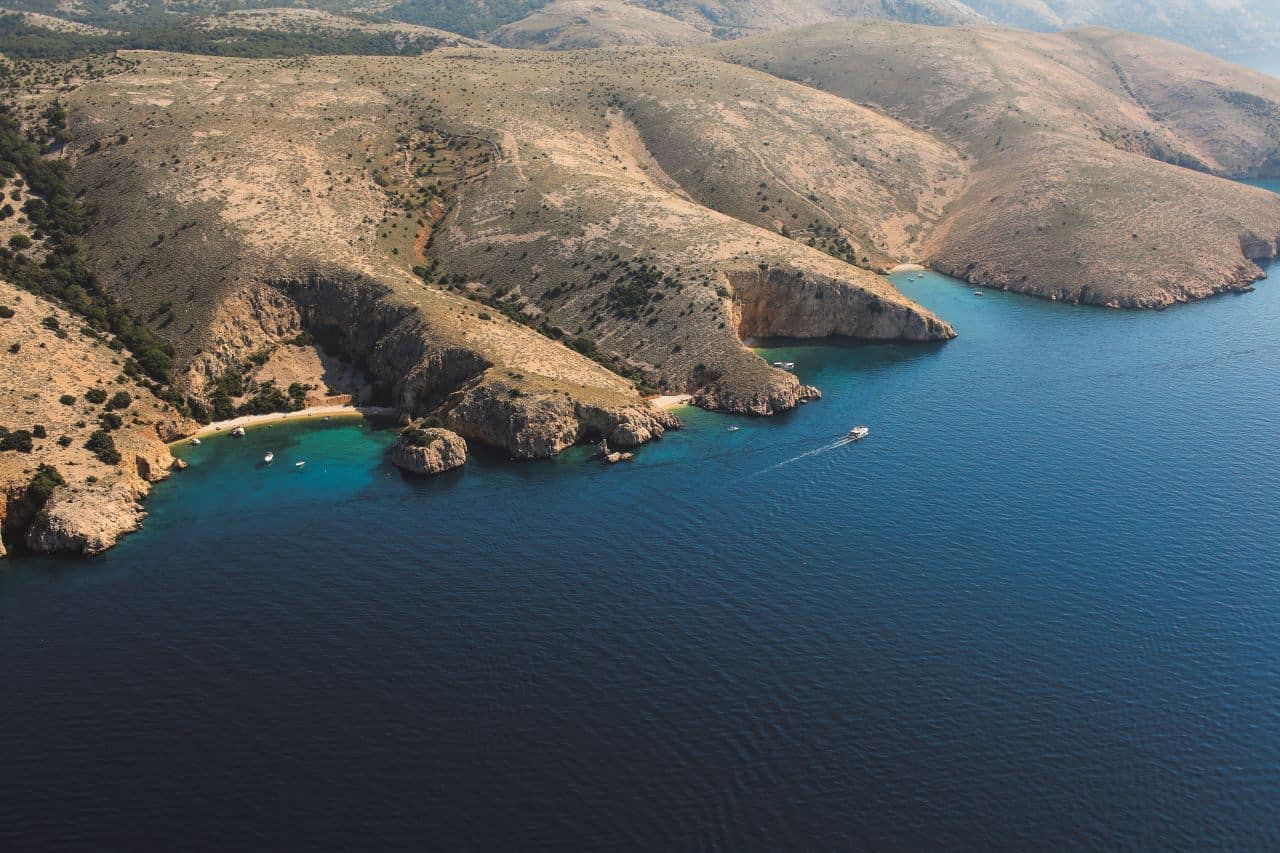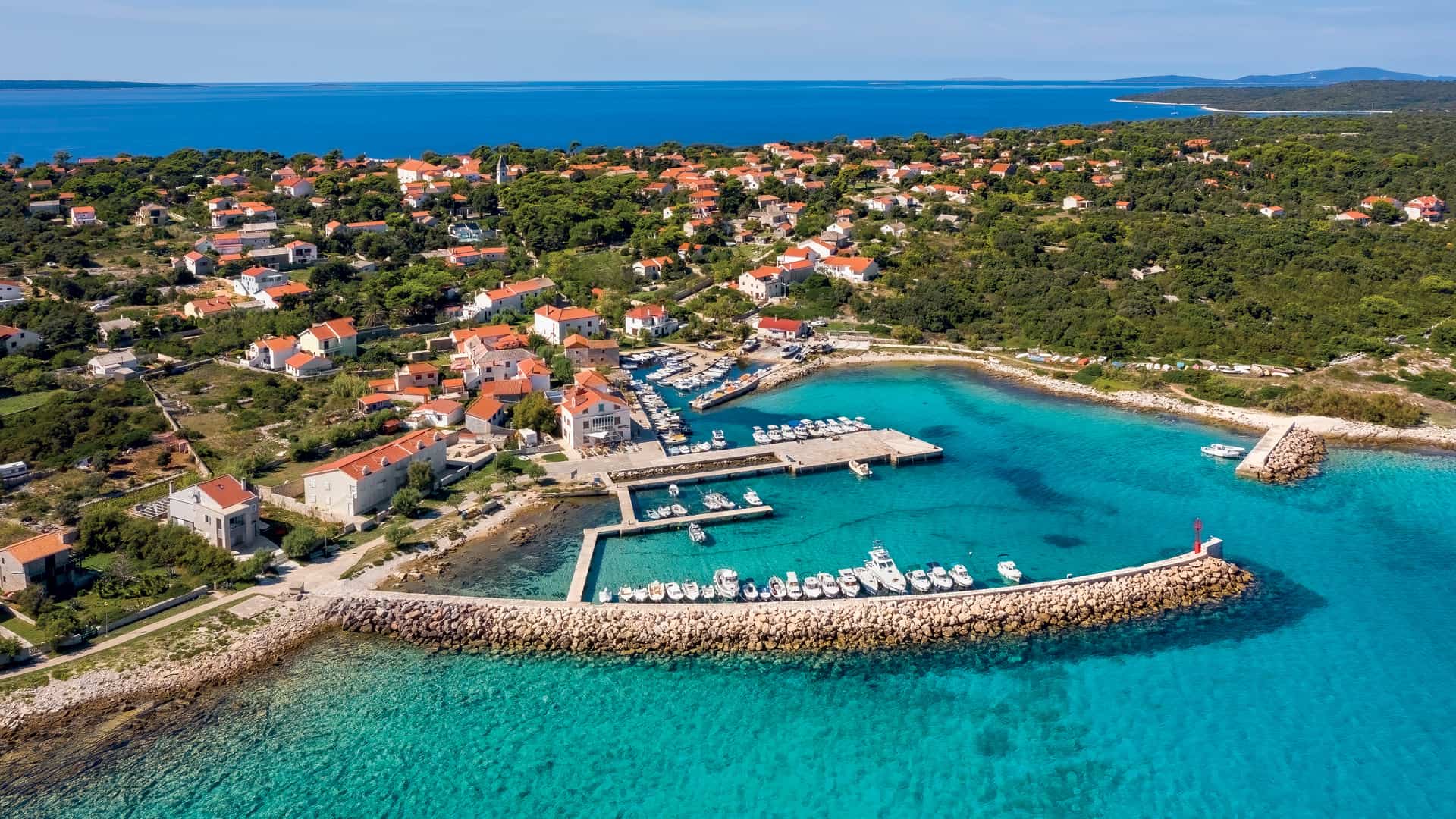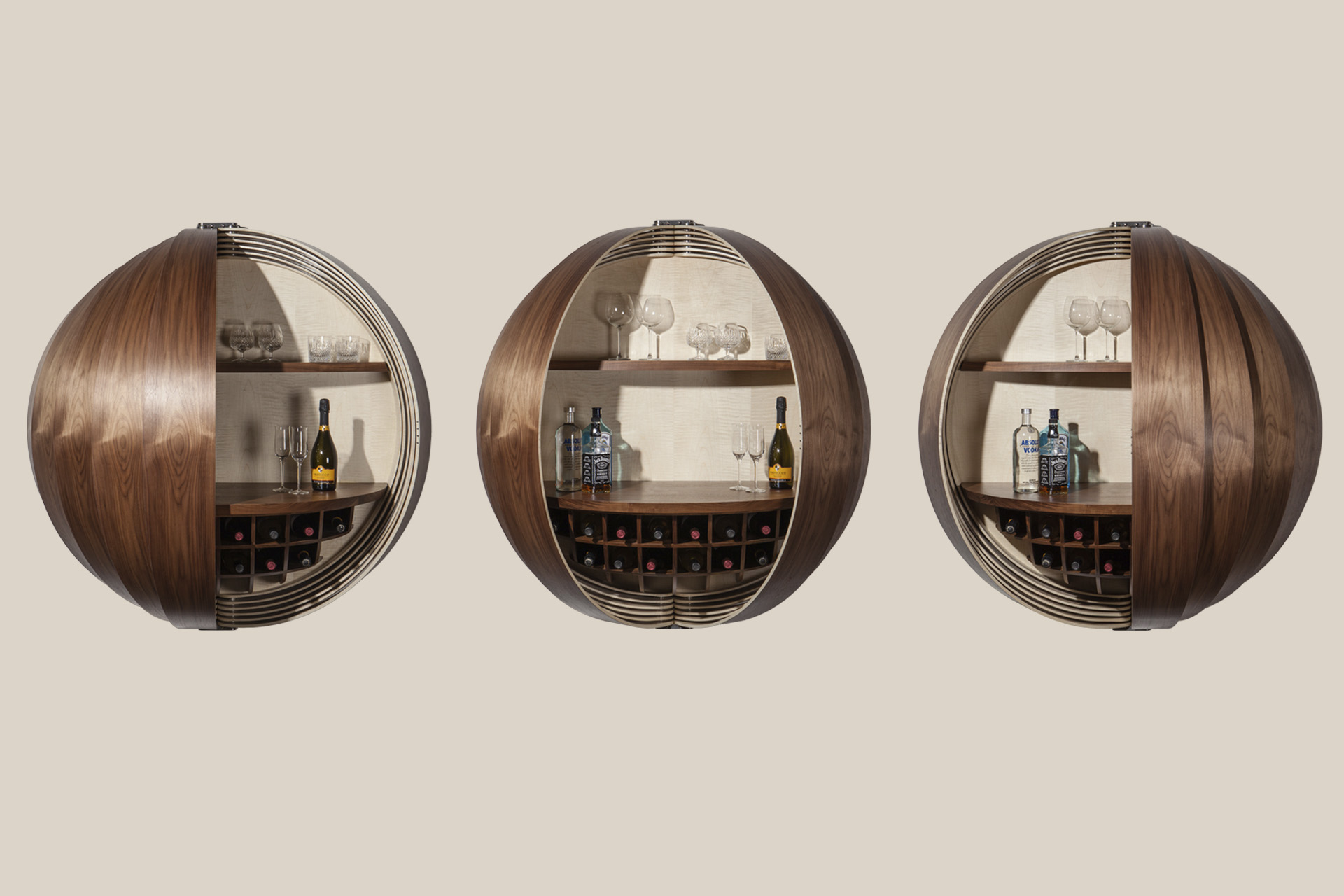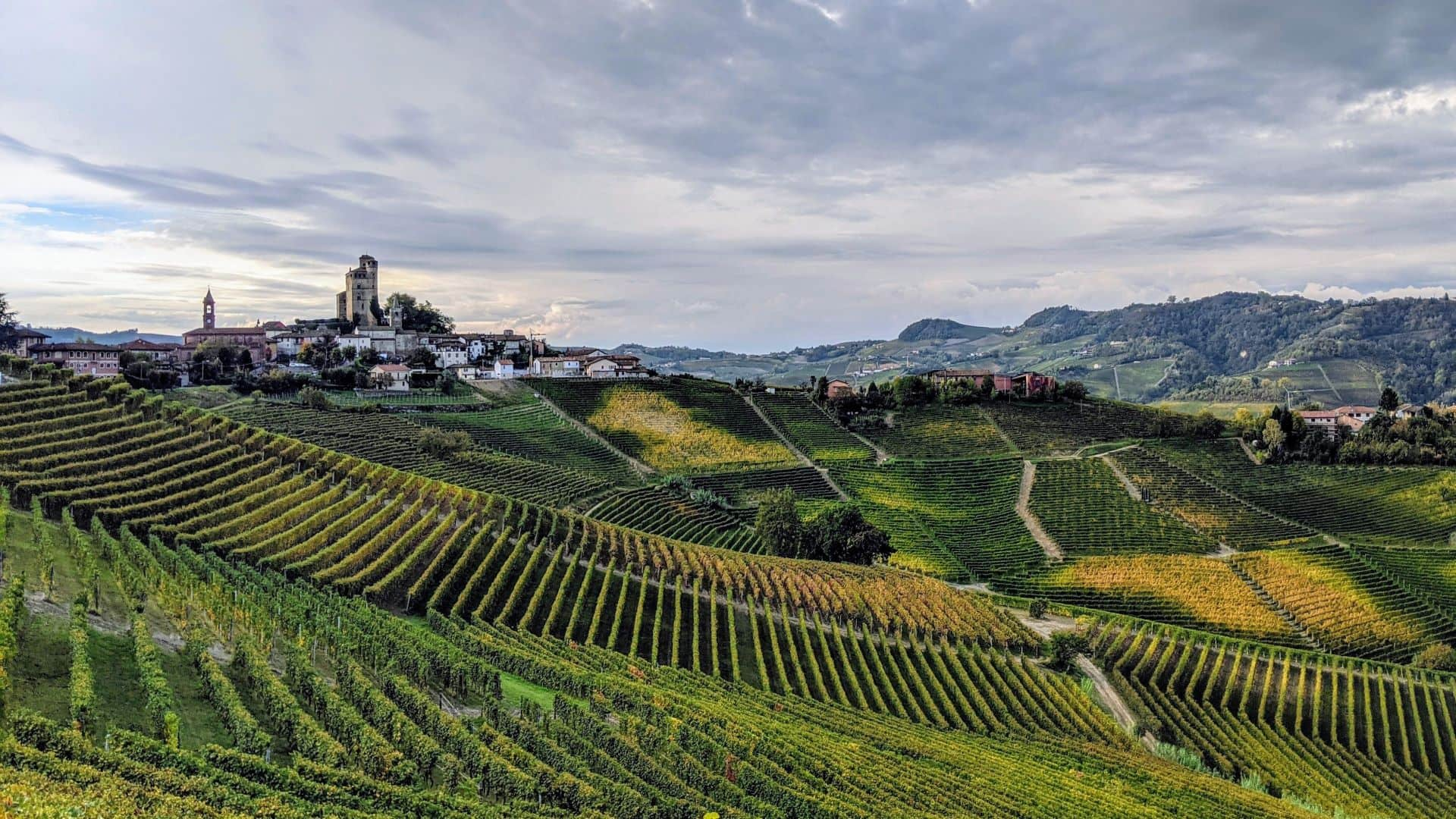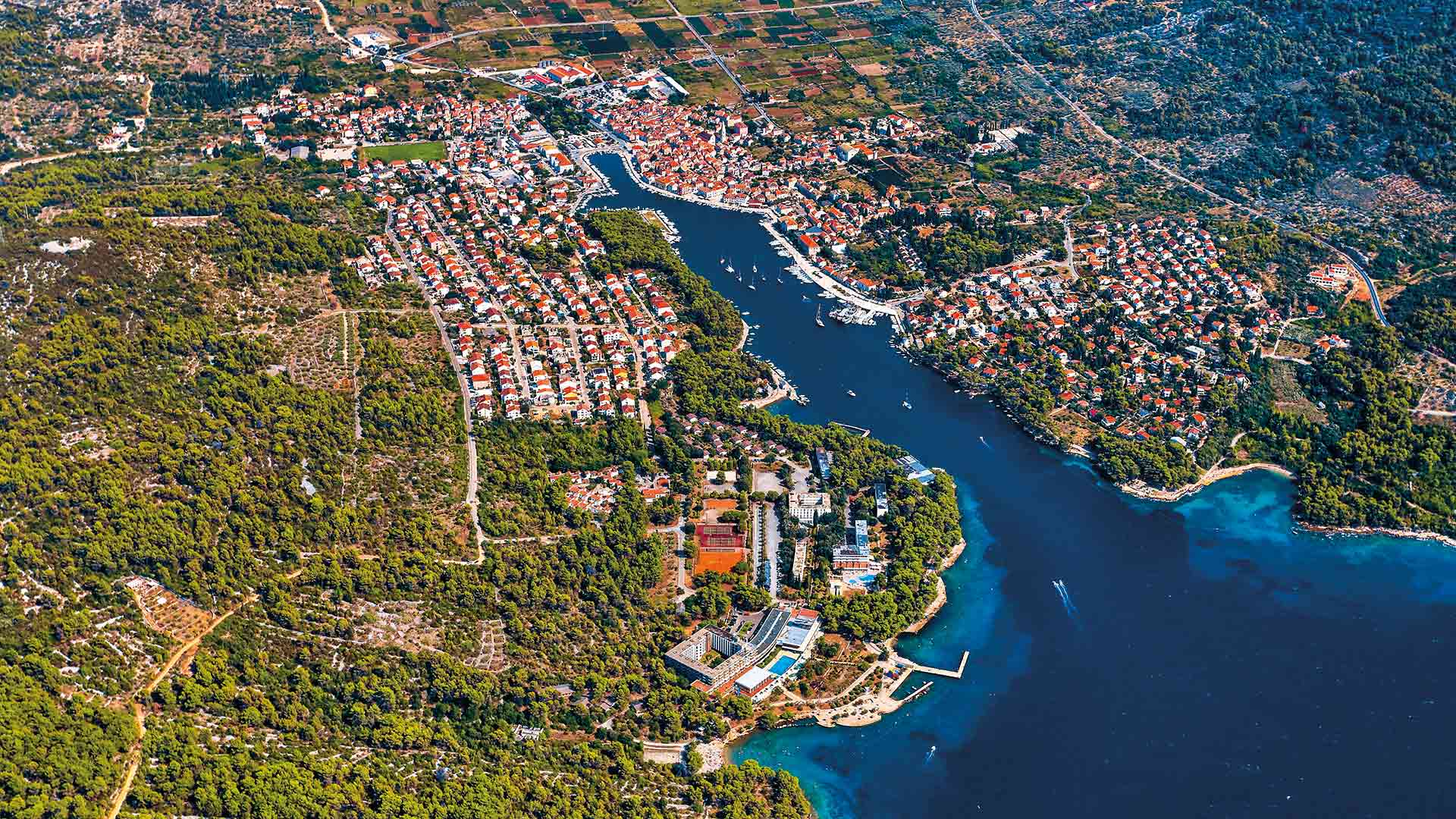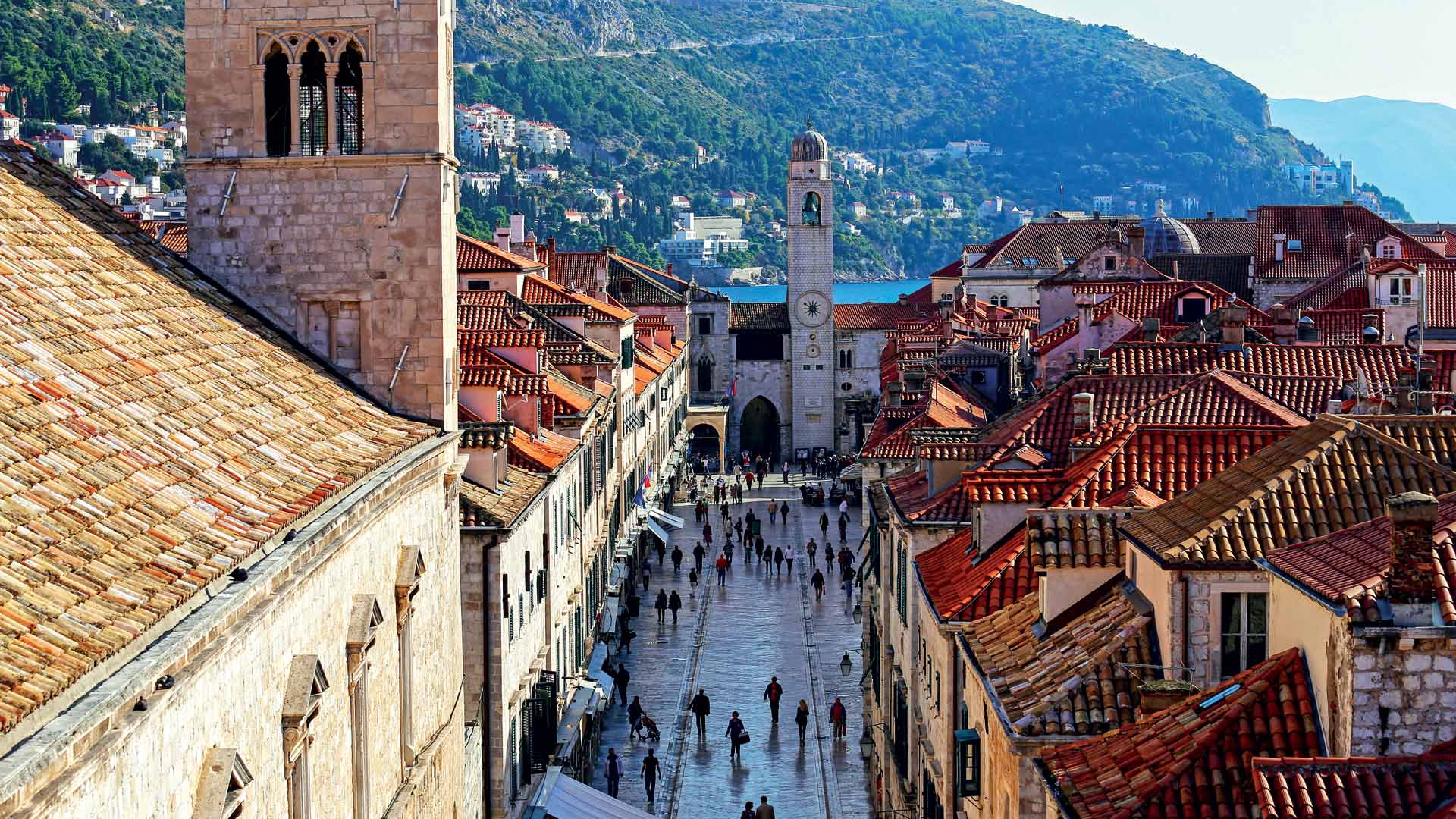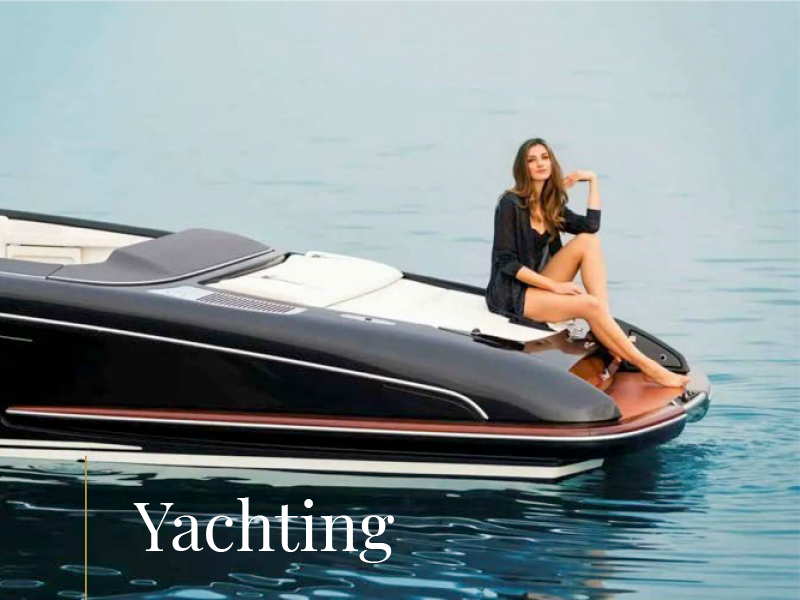Marvelous beaches, Mediterranean charm, some of the best Croatian wineries in one place, and the opportunity for sports activities are just some of the reasons why Pelješac is becoming an increasingly attractive summer destination year after year
Well-known as a millennia-old navigational route, especially from the direction of Dubrovnik, the usual daily navigation spans from 20 to 40 nautical miles, which happens to be the distance from Dubrovnik to some of the important anchorages on this peninsula and its neighboring island of Korčula.
This route has been deeply ingrained in my consciousness, so exploring the diverse vistas of dense pine tree canopies, vineyards, cliffs, sandy beaches, and stone shores was a true pleasure.
Pelješac Still Carries a Touch of Mystique
The Pelješac Peninsula, second in size only to Istria, stretches from the Ston isthmus to Lovište, spanning 80 nautical miles along the Adriatic coast. It holds a wealth of historical, cultural, and natural attractions, yet it remains underutilized in nautical tourism.
Unlike the materialistic and secular-focused town of Ston, which has always mirrored the structure of a city, the Pelješac Peninsula has been associated with a certain dose of mystique, heresy, and ambiguous meanings since ancient times. Some writers have eagerly embraced this notion, presenting it as the homeland of witches, fairies, and other mythical creatures, for which they have ample evidence in the documents left behind after the persecution and burning of unfortunate women during the 17th and 18th centuries.
Featured Yachts
However, the true reason behind the cultural division between Ston and Pelješac, which still persists strongly among the local population today, lies in the fact that the Republic’s system was feudal, and the inhabitants of Pelješac’s villages were classic serfs burdened with strict impositions and control. Among these impositions, I emphasize the prohibition of changing contradas, i.e., the five economic areas of the peninsula.
The eastern part of the peninsula begins at Cape Vratnik, connected to the bay of Mrginj, one of the most beautiful anchorages on the southern Adriatic. From there to the town of Ston, a five-mile-long channel extends, marked with red and green lighthouses placed on concrete cubes to facilitate navigation. It is essential to observe them carefully because the depths in the middle of the channel range from three to seven meters.
On the southern slopes of the Ston Channel, which should actually be called a bay since there is no other exit from it, lie the small port of Broce and the picturesque bay of Kobaš. For decades, it has been known as an essential location for sailors who enrich their voyages with excellent local cuisine.
At the bottom of the channel, there is a small waterfront where boats dock sideways. If you cannot find a place on the waterfront, I recommend asking someone for a side mooring and avoiding anchoring because the bottom is muddy and the anchors tend to drag as soon as the wind picks up. It is possible to get water from a nearby hydrant on the waterfront, and the maximum draught is only three meters.
Pelješac: Beaches in the Shade of Dense Pine Trees
Sailing along the southern slopes of Pelješac towards the west begins with a tour of a series of picturesque bays and beaches, among which Pržina deserves a mention. It is one of the few sandy beaches that can be reached by car. If a strong mistral wind catches up with you, it’s best to move further west to the protected bay of Smokvina or, even better, to Ribnja, where, during calm weather, you can spend the night and enjoy perfect silence on a boat moored to the shore.
The next bay is Prapratno (which I recommend skipping), a destination for numerous tourists who come for swimming by car and a boarding port for the ferry that travels to Sobra on the island of Mljet. However, a nautical destination that is worth visiting, at least for swimming in front of sandy beaches shaded by dense pine forests, is located in the bay bordered by Žuljana on the east and Trstenik on the west. Both harbors provide a safe shelter from the mistral wind and are surrounded by a series of smaller coves that are perfect for day trips.
Žuljana is a port for boats up to 12 meters in length, but the waterfront is usually occupied by a diving boat from the nearby diving club. Since it is a more affordable resort for tourists from Eastern countries, it is not as attractive for overnight stays, especially since all the action takes place right on the waterfront, right in front of your eyes.
In contrast to Žuljana, Trstenik, whose inhabitants have always been oriented towards agriculture, is a typical maritime and trading town with one of the most beautiful breakwaters on our side of the Adriatic. It served as a docking place for large merchant ships carrying wine. Due to the configuration of the surrounding hills, mooring overnight in Trstenik during a bura (northerly wind) is extremely dangerous.
Pelješac Peninsula: Paradise for Wine Enthusiasts
Continuing westward towards Orebić, rich vineyards of Plavac Mali, the renowned Dingač vineyards, and the entirely vineyard-covered region of Postup adorn the steep shores. Every year, new plantations expand the Dingač vineyards, while Postup is entirely covered with vineyards.
From both of these locations, exceptional-quality Plavac Mali grapes are harvested, and the wines named after them differ only in their specific aroma, influenced by the distinct soil characteristics of Postup, which stretches only 600 to 700 meters in width. Here, you can find some of the best Croatian wineries in one place.
At the very end of Postup, towards Mokalo, lies the wreck of the Montenegrin ship Boka, which ran aground and broke apart there in the 1970s, making it an attractive spot for divers. Underwater fishing enthusiasts will also find joy in this area between Dingač and Postup, as the surrounding sea is incredibly rich in fish.
Orebić: The Town of Captains and Ship Owners
On the northwest slopes of the peninsula, on the slopes of Zmijino Brdo beneath the peak of St. Elijah, the town of Orebić, known for its captains and ship owners, developed from the 16th to the 20th centuries. Today, due to rapid and unregulated construction since the 1960s and the development of mass tourism, the town’s appearance has drastically changed.
Life, which used to revolve exclusively along the sea and the coastal road, has now shifted to the upper road, which is logical considering that newcomers (especially after the recent war) have significantly altered the town’s structure and the habits of its residents.
The memory of the great ship-owning families of Orebić, such as Orebić, Fisković, Zubović, Ljubak, Rusković, is now preserved in private collections, the Franciscan monastery of Our Lady of Angels, the votive church of Pelješac sailors, and the Maritime Museum, established in 1957 by our academics under the auspices of the former Yugoslav Academy of Sciences and Arts (JAZU).
Perna, Kučište, and Viganj: Beloved Destinations for Windsurfers
Orebić is more suitable for boats up to 12 meters in length, and due to the proximity of marinas in Korčula and Lumbarda, it can be relatively less crowded even in the heart of the season. The moorings offer water and electricity connections, and the only thing to be cautious about is the challenging entry during the usual strong maestral wind, which drives waves sideways and can be an additional problem for less experienced sailors.
Moving northwest from Orebić, you’ll find Perna, Kučište, and Viganj, favoured destinations for windsurfers and kiteboarders who take advantage of the regular maestral wind, which practically fills the Pelješac Channel during the afternoon. While navigating through this passage, it is recommended to manually steer the boat rather than relying on the autopilot, as even inexperienced windsurfers might occasionally drift off course and end up in the water!
Lovište Bay: An Excellent Choice for Nautical Enthusiasts
Two capes, Lovište and Osičac, enclose the western coast of Pelješac and the Lovište Bay, providing excellent shelter for nautical enthusiasts in all wind conditions. This former fishing haven came to life during the last century, thanks to the arrival of hardworking but impoverished people from Hvar who intermingled with the local population.
Not far from Lovište, you’ll find one of the most peculiar parts of the coast, surrounded by legends of mythical creatures: the area of Nakovane, where two abandoned villages of the same name are situated. The residents of Lovište still remember the times when they used to walk with their peers along the cobbled streets of these picturesque villages, attend school, and work on the land, especially sowing wheat.
Nakovane was once the administrative center of the northern part of the island, with a coastal area encompassing bays like Lasovka, Duboka, Kordunja, Bezdija, and stretching all the way to Lozić, a range that even Slovenia would envy.
Uvala Divna: A True Gem of the Adriatic
The remaining twenty or so residents, scattered around the world, are now gathered in the Nakovana association, taking care to prevent the stone houses and streets from being overgrown by vegetation. They all come together there during the holiday of the Nativity of the Virgin Mary, the patron saint of the village.
In the immediate vicinity of these two abandoned settlements, towards the northeast, lies the Nakovana Cave, a cave and archaeological site of an Illyrian sanctuary on Pelješac. During World War II, it served as a shelter for the local population, but today, due to its archaeological value, it is closed off with iron gates, making it difficult to enter without a guardian granting access.
The northeastern side of Pelješac remains one of the rarely visited coasts on our Adriatic. The reason for this is not the potential lack of attractiveness of the numerous coves and islets that line the Pelješac coast but rather its geographical position, ‘outside reach,’ as sailors would say. A few miles beyond Cape Lovišće, you’ll find the bays of Rasoha, Bezdija, Duba, and Tajsa, and a bit further is the true gem of our sea, Uvala Divna.
From Trpanj to ‘Malo More’ (Little Sea)
The main port in this part of Pelješac is Trpanj. Thanks to its communication with Metković, it grew into the strongest trading center in this part of the Adriatic during the 18th and 19th centuries.
Since then, the port of Trpanj has been further sheltered by breakwaters. Although it is one of the safest on the southern Adriatic, unfortunately, it serves only as a ferry port.
East of Trpanj is the port of Drače. Its two powerful breakwaters, fully sheltering the bay, are equally empty even in the heart of the season. The same can be said for Brijesta, the hometown of the Bjeloučić family, the first oyster breeders in our country. The bay is well protected by several islets in front of it, and the village itself has a pier that can accommodate several boats.
The maritime route southeast from there leads to Malostonski Bay, also known as ‘Malo More’ (Little Sea) as the locals like to call it. This area used to be rich in fish, but today it relies solely on oyster and mussel farming. It is important to note that across Cape Blace, the coast of Bosnia and Herzegovina begins, so it is advisable to stick to the marked navigation routes.
Pelješac is an essential stop for oyster lovers
Navigation through the Malo More (Little Sea) can be extremely dangerous due to the presence of numerous shellfish farms. My advice is to avoid navigating through this area at night. The sailing route after Luka and Hodilje, where there is also a harbor with a depth of up to 2.5 meters, ends in Mali Ston.
For the few who reach this final point in the navigable part of the bay, there are numerous restaurants available both in Mali Ston and Veliki Ston. The specialty that is an essential part of the menu is oysters. They can be tasted in countless ways: raw, grilled, fried, baked, with sauces, or in creamy soups. It is worth noting that Malostonski Bay is one of the few areas where the European flat oyster (Ostrea edulis) has survived, as it was decimated by disease in the rest of Europe at the beginning of the last century.
For the final visit, head to Mali Ston
This delicacy is highly nutritious, as its meat contains a lot of proteins, carbohydrates, and vitamins. However, I believe that most people consume them for their renowned aphrodisiac properties. The oysters are most delicious in the winter, particularly in March, when the ‘oyster festival’ is organised in these regions. Our journey ends at Mali Ston.
There, in front of the Koruna Tower, the northern branch of the Ston Walls also concludes, marking the boundary that has separated Pelješac peninsula from the southern side of the isthmus since its creation, creating a space that has maintained its peaceful internal rhythm for centuries—an authentic ‘terra incognita’.
Text Ljubo Gamulin
Photos TZO Orebić/Boris Jović, TZO Trpanj, HTZ/Ivo Biočina, Ivo Pervan, TZ Ston, Mario Jelavić, Boris Kačan & Antonio Rosetti

